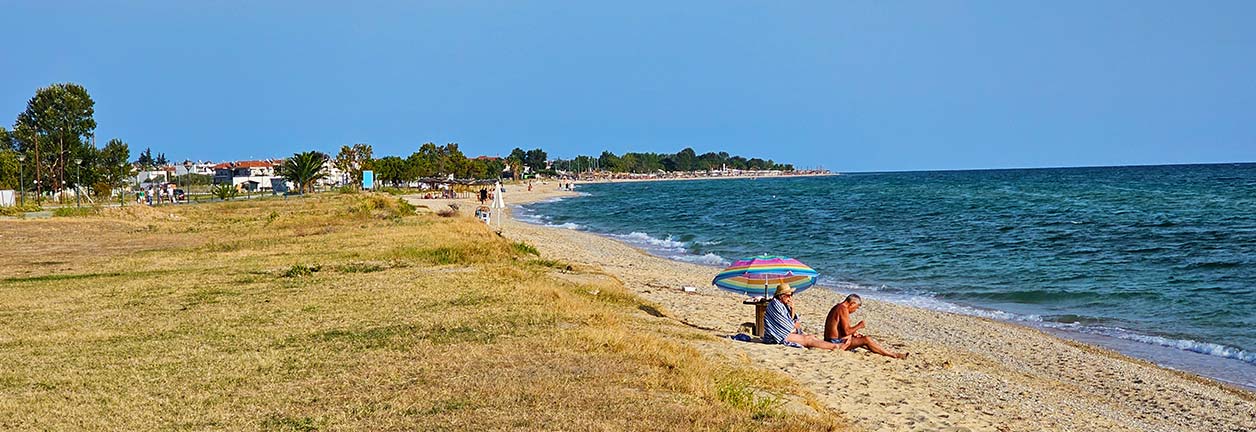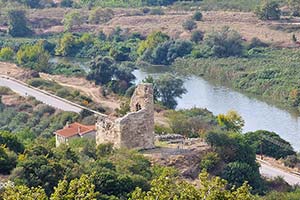Amphipolis – Where History Comes Alive
Step into Amphipolis, a place where Alexander the Great, ancient warriors, Roman merchants, and Byzantine monks seem to greet you at every corner. This small village in Eastern Macedonia, Northern Greece, sits along the Strymonas River, close to the Aegean Sea and the gold-rich Pangaion Mountains – once one of the most strategic crossroads in the ancient world.
Founded in the 5th century BC by the Athenians, seized by Spartans, and later flourishing under King Philip II and his son Alexander the Great, Amphipolis became a powerful naval, economic, and cultural hub. Its harbor served as a key base for Alexander’s fleet, while the surrounding mountains glittered with gold and silver mines.
What to See in Amphipolis:
The Lion of Amphipolis – A striking monumental tomb, believed to honor a distinguished general.
Ancient Gymnasium & Roman City – Remains of the thriving settlement known as “Macedones Proti.”
The Wooden Bridge – A rare, preserved ancient wooden structure spanning the Strymonas River.
Early Christian Acropolis – Ruins of churches adorned with mosaics and graceful columns.
The Kasta Hill Tomb – A magnificent 4th-century BC burial site, with breathtaking mosaics and statues linked to the era of Alexander the Great.
Cultural Experience:
Don’t miss the innovative Digital 3D Center, where virtual reconstructions bring Amphipolis back to life. Walk through its streets as they were in Macedonian, Roman, and Byzantine times, and watch fascinating animations of archaeological digs.
Whether you’re a history enthusiast, a lover of ancient architecture, or simply curious about Greece’s hidden treasures, Amphipolis is a journey through time you won’t forget.























